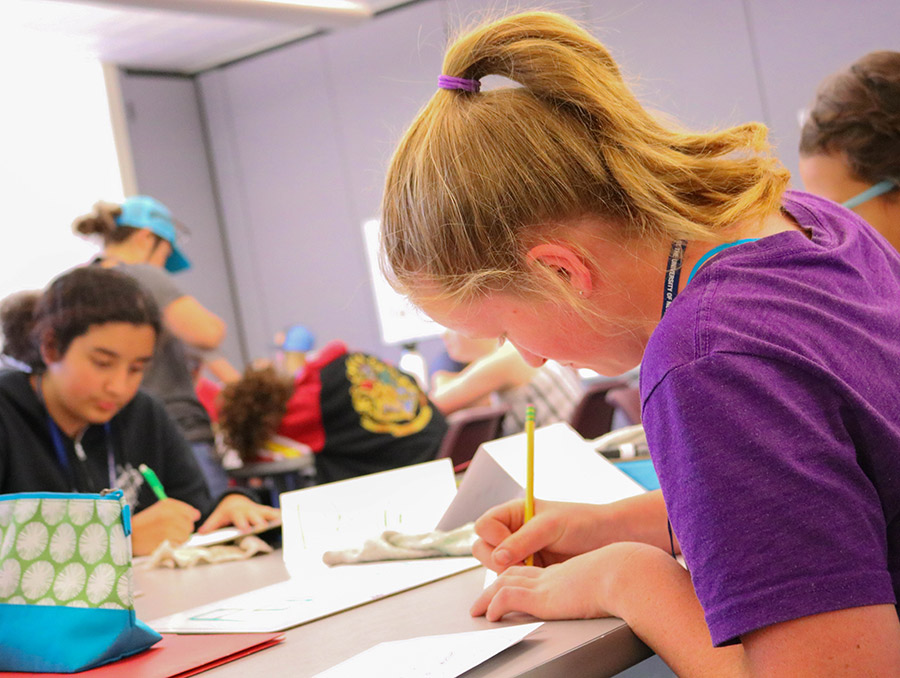Shanon Taylor’s new article, "Trauma-Informed Care in Schools: A Necessity in the Time of COVID-19" details how schools can implement trauma-informed practice to offer support to the widespread mental-health issues children will be facing as they return to school.
Taylor recognizes that the COVID-19 pandemic will be at least partially responsible for the mental health issues of thousands of children across the globe. Trauma-informed practice makes the same assumption: recognizing that mental health needs will be very common among students in the upcoming months. For many kids, the security of a daily routine was critical to their well-being. Being instantly pulled away from their friends, teachers and schools interrupted the stability of their daily lives. For some students, it exacerbated existing trauma by losing face-to-face contact with teaching professionals or older family members. For others, it created entirely new trauma through tragedies like a death in the family or food insecurity from job losses.
“It quickly became recognized that this is a worldwide traumatic event for everybody,” Taylor said. “The extent of how traumatic really depends on what experiences each individual had in their own home. We have layers upon layers upon layers of trauma that kids could have experienced over the last eighteen months. For some of these kids, this is built upon existing trauma that they already had.”
Taylor’s example of how trauma-informed practice might work takes advantage of a multi-tiered system of support. A school might have three separate tiers that all students fall into. Tier One consists of services that are offered to all students. Tier Two consists of programs for when students are starting to show signs of mental health struggles, while Tier Three services would be reserved for students severely impacted by trauma. Many schools already implement a multi-tiered system for behavior and academics, so implementing trauma-informed practice would already fit into existing infrastructures.
“We already know how to put these trauma-informed systems of care in place,” Taylor said. “It’s just been happening slowly. We need to ramp it up. Our kids need these services, and our teachers are going to need to know how to recognize the symptoms of trauma and how to address it.”
Meanwhile, the same teachers and educators responsible for monitoring the mental health needs of troubled students aren’t immune from mental health problems. It’s important for their health and for their ability to effectively teach students in an environment that has never been seen before. Taylor said that many teachers are now looking at how to retire early, which will cause additional problems for many school districts, who are already facing teacher shortages in subfields of teaching like Special Education and English as a Second Language.
“Just the concern of worrying about our students adds that additional layer on for educators, and we’ve seen anecdotally already just how exhausted educators are because so many teachers didn’t understand how to do their best teaching through the distance modalities,” Taylor said. “They felt like they couldn’t connect with students the way they wanted to. They felt like they were letting students down, and they took all of that onto themselves.”
















